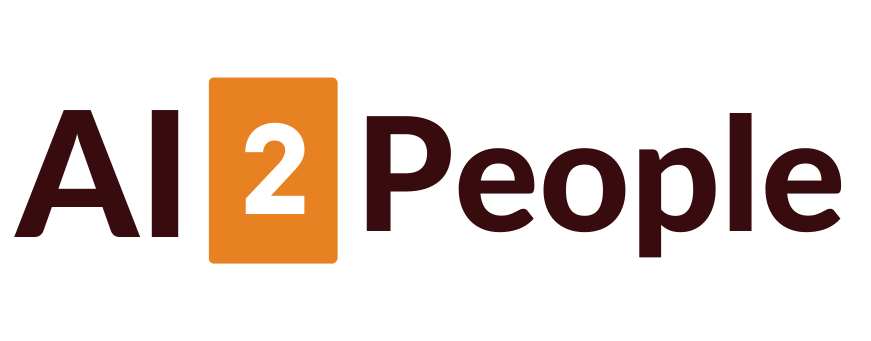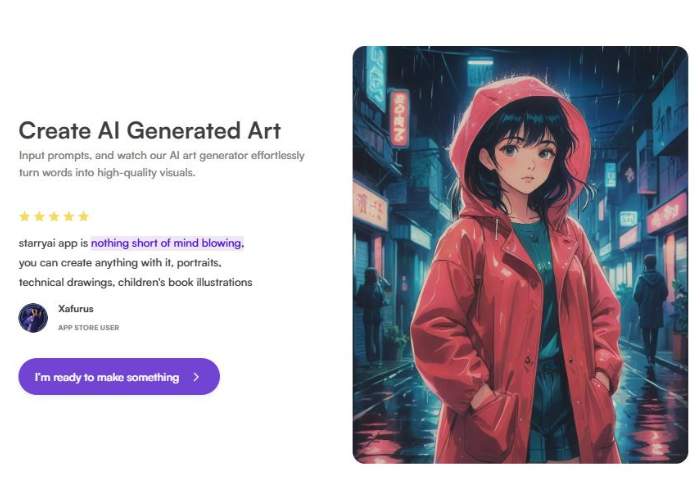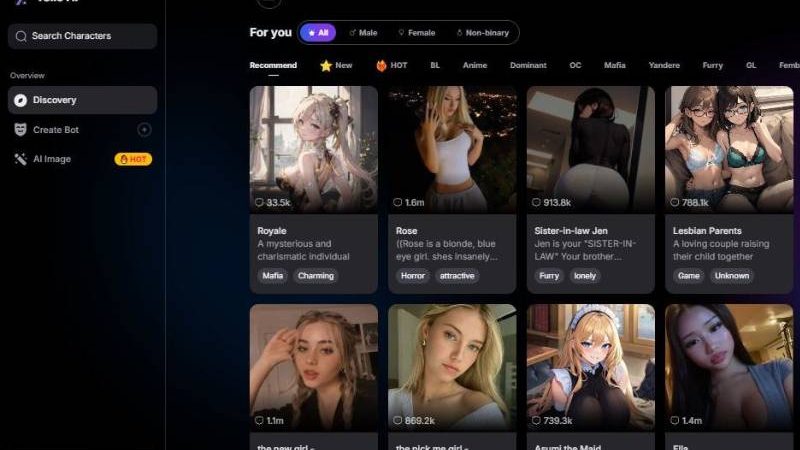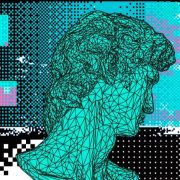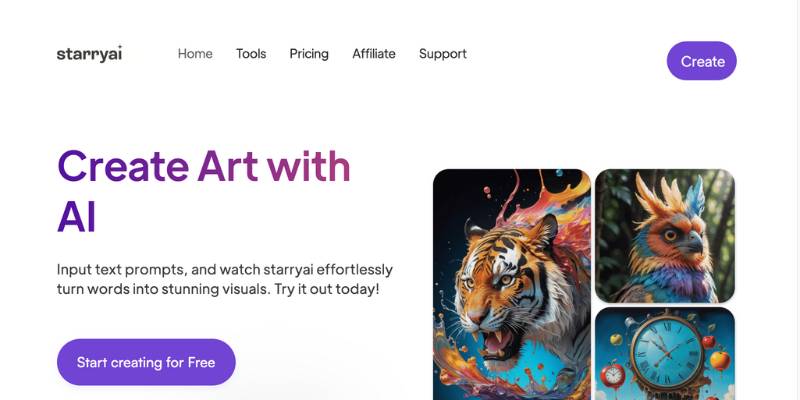
StarryAI Pricing, Features, Details, Alternatives
There’s something oddly satisfying about typing a string of words—“a watercolor fox drinking coffee under neon lights”—and watching an AI generator spit out a visual interpretation in seconds. It feels like playing mad scientist with imagination.
That’s exactly what I wanted to test with StarryAI, one of the more hyped-up SFW image generators on the market. I spent several days poking at it, breaking it (metaphorically), and trying to see if it could surprise me. Spoiler: sometimes it did, sometimes it left me sighing into my keyboard.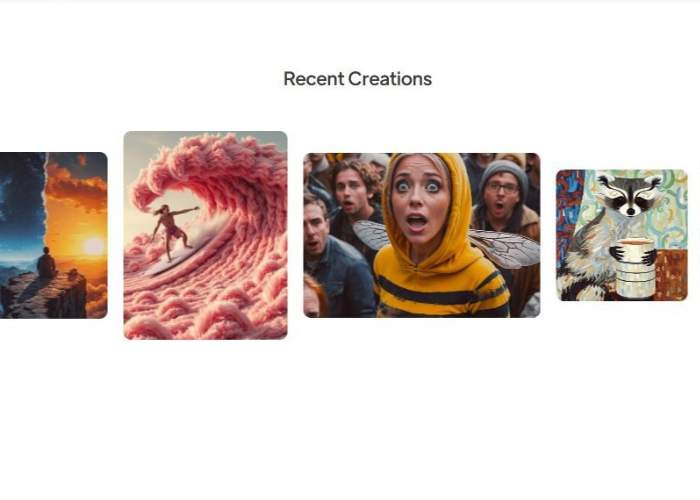
First Impressions: Sleek, but not Overwhelming
Opening StarryAI for the first time, you’ll notice the interface is… friendly. Not trying too hard, not cluttered with twenty sliders or menus that make you feel like you accidentally enrolled in a Photoshop masterclass.
It’s straightforward—type a prompt, choose a style, and off you go. That’s refreshing, because I’ve tested other generators that feel like cockpit dashboards.
But here’s where it gets interesting: StarryAI offers two distinct models—Altair and Orion. One is better for artistic, surreal outputs; the other feels more grounded in realism. It’s nice to have both without needing a PhD in neural networks to understand what’s happening.
| Model | Strengths | Weaknesses | Best For |
| Altair | Dreamy, painterly, surreal vibes | Struggles with sharp details | Abstract art, fantasy concepts |
| Orion | Cleaner, realistic textures | Can be stiff or “stock-photo-ish” | Portraits, product mockups |
Playing with Prompts: Hits, Misses, and Surprises
This is where I had fun (and frustration). I tried everything from simple “sunset over mountains” prompts to outlandish stuff like “Victorian robot holding a balloon, oil painting style.”
Sometimes StarryAI nailed it so well that I double-took—like the Victorian robot that looked straight out of a steampunk coffee table book. Other times, the hands (classic AI problem) looked like they belonged in a horror movie.
The cool part? StarryAI allows “evolving” images—you can take a generated piece and keep iterating, nudging it toward refinement. That felt less like generating and more like collaborating.
Like whispering to the AI: “No no, less spooky fingers, more charming robot.” It didn’t always listen, but it gave me a sense of control that’s missing in some tools.
Pricing and Value: Where Does It Stand?
StarryAI runs on a credit-based system. New users get free credits daily, which is enough to play around casually. But if you’re binge-generating for a project (I did a mock “AI children’s storybook” just to push limits), you’ll burn through them fast.
| Plan | Price | What You Get |
| Free | $0 | Daily credits (good for casual testing) |
| Premium | $11.99/month | Higher resolution, more styles, faster processing |
| Pro | $31.99/month | Max credits, commercial usage, priority rendering |
Compared to competitors like MidJourney or DALL-E, StarryAI feels more affordable, though less flexible in raw power. If you’re looking for variety and experimentation without emptying your wallet, it’s a sweet spot.
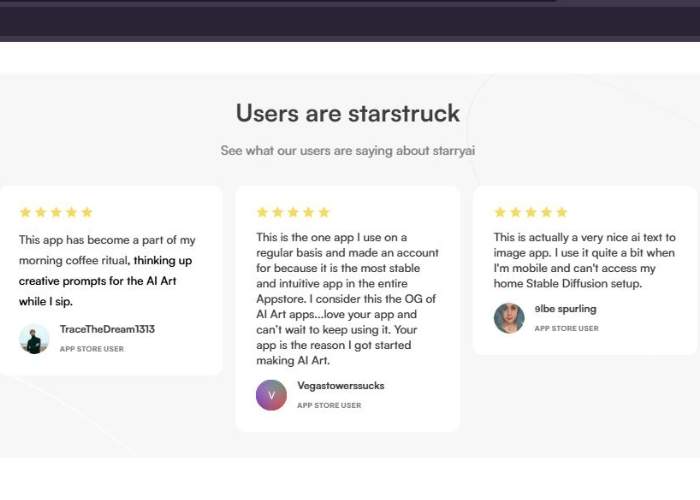
Who Should Use StarryAI?
This tool isn’t aiming at hardcore 3D modelers or professional digital artists looking for production-level polish. It’s for:
- Content creators who need quick, quirky visuals for blogs, social posts, or mood boards.
- Teachers or educators wanting to illustrate abstract concepts in seconds.
- Hobbyists (like me, when I want a cyberpunk cat sipping sake for no reason).
It’s not perfect—if you’re picky about anatomical accuracy or photorealism, it’ll frustrate you. But if you approach it with curiosity and playfulness, you’ll get moments of magic.
Pros and Cons in Plain English
| The Good | The Not-So-Good |
| Easy to use, clean interface | Hands and faces can get weird |
| Free daily credits | Limited compared to heavyweights like MidJourney |
| Multiple models (Altair & Orion) | Lacks fine-tuned editing tools |
| Evolution feature feels interactive | Commercial use requires higher-tier subscription |
My Final Thoughts
StarryAI isn’t trying to be everything—it’s not gunning to dethrone Adobe, and that’s okay. Its charm lies in how accessible and fun it is.
It’s the sort of tool you can open with zero experience, and five minutes later you’re creating trippy space art or playful portraits. Does it stumble? Absolutely. But sometimes the imperfections give the outputs personality.
Personally, I see it as a fantastic entry point for anyone curious about AI art but intimidated by more complex platforms. It’s also handy for quick-and-dirty creative projects where speed and inspiration matter more than pixel-perfect accuracy.
If I had to sum it up: StarryAI feels like a creative playground more than a professional workshop. And maybe that’s exactly what makes it worth keeping on your roster of AI tools.
